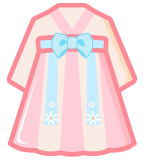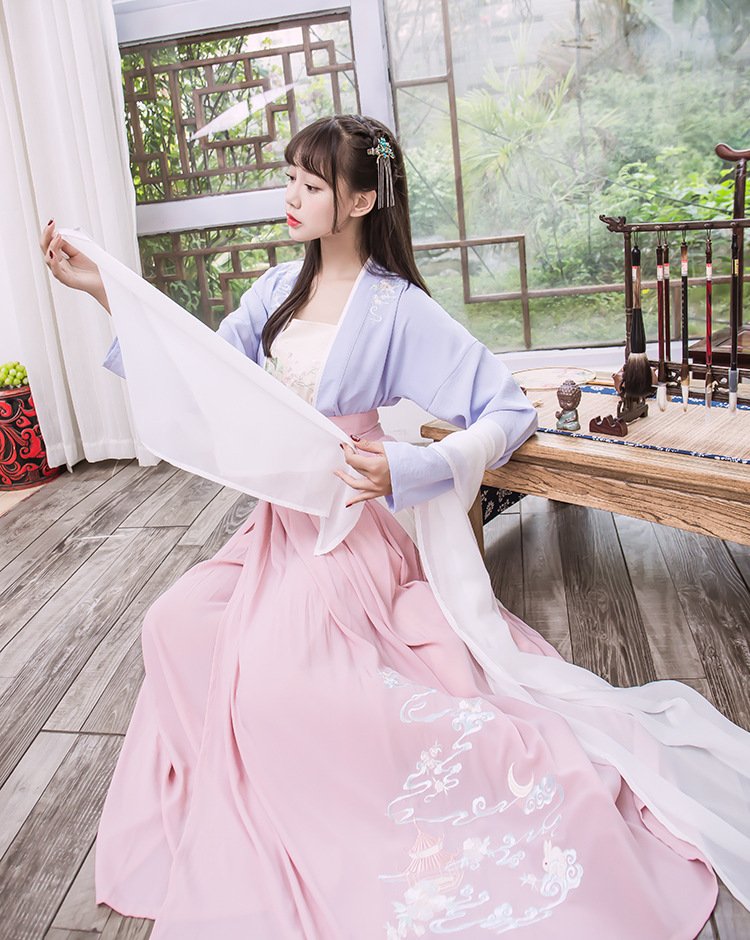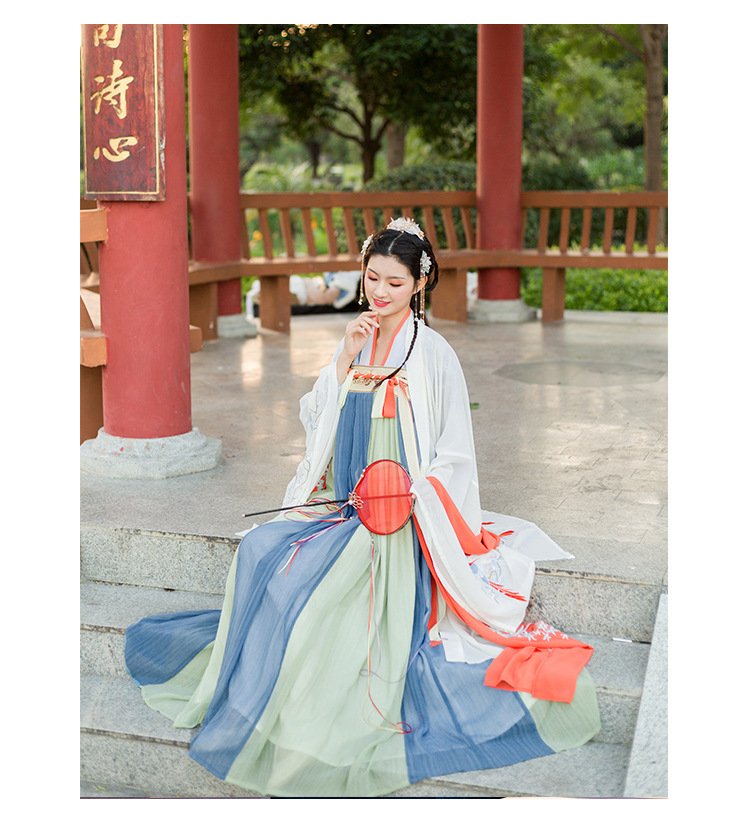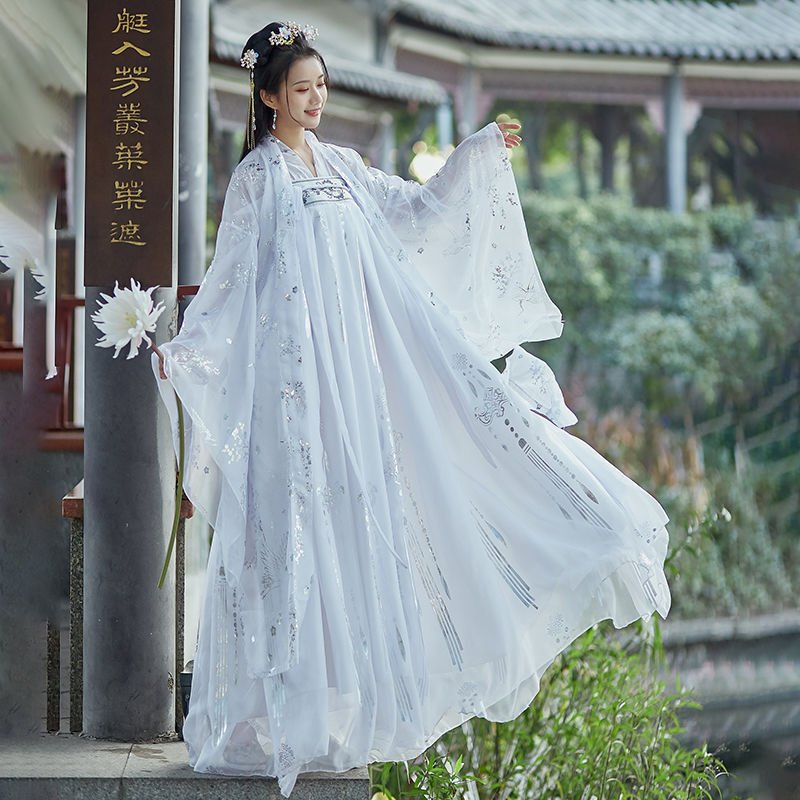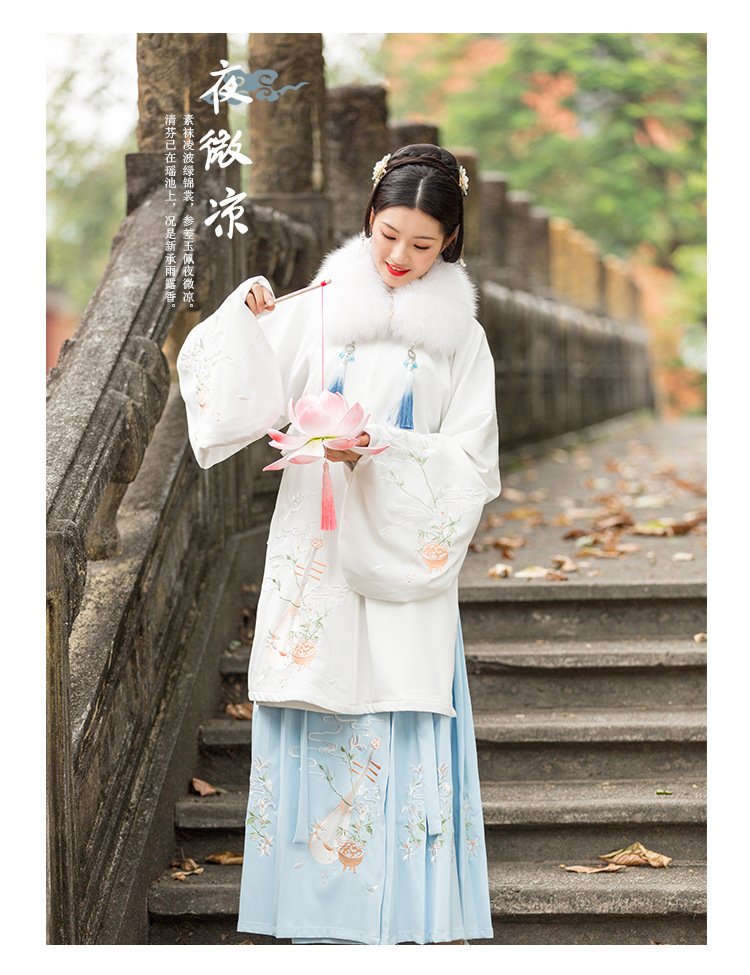What is the difference between Chinese and Korean Hanfu?
When it comes to traditional attire, China’s Hanfu and Korea’s Hanbok are two exquisite examples of the rich cultural heritage of East Asia. While they share some similarities in terms of style and design, there are distinct differences that make each attire unique and representative of its own culture. Let’s delve into the intricacies of Chinese Hanfu and Korean Hanbok, exploring their types, aesthetics, and significance. Chinese Hanfu:The Chinese Hanfu originates from the Han dynasty (206 BCE – 220 CE) and represents the traditional clothing style of the Han ethnic majority in China. Hanfu embodies elegance, grace, and classical beauty. It emphasizes loose, flowing silhouettes and the use of various layers, giving wearers a sense of tranquility and sophistication. Types of Chinese Hanfu: Korean Hanbok:Korean Hanbok has its roots in the Three Kingdoms period (57 BCE – 668 CE), but has developed and changed over time. Hanbok is characterized by vibrant colors, graceful lines, and simple yet elegant designs. It is known for its focus on the natural beauty of the wearer and reflects the Korean ideals of modesty and respect for nature. Types of Korean Hanbok: Differences between Chinese Hanfu and Korean Hanbok: Both Chinese Hanfu and Korean Hanbok are remarkable reflections of Eastern culture and heritage. Their distinct aesthetics and historical significance demonstrate the depth and diversity of traditional clothing in East Asia. By understanding the differences and appreciating the unique characteristics of each attire, we can gain a better perspective on the cultures they represent and preserve their legacy for future generations.
What is the difference between Chinese and Korean Hanfu? Read More »
